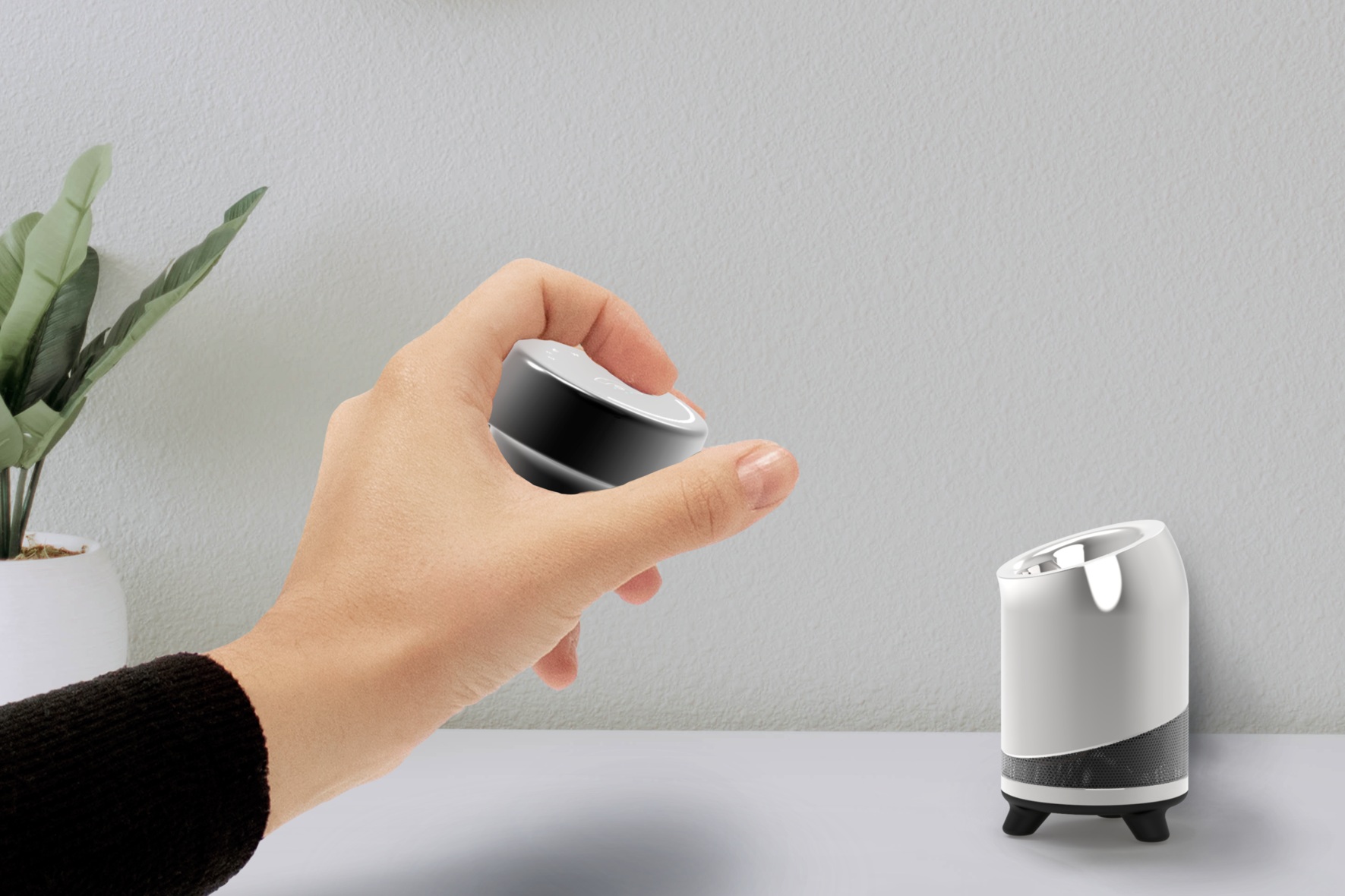IRIS
Your in-home partner against Parkinson’s
Objective
Allow Parkinson’s Disease (PD) patients to more accurately track disease progression with their care providers from the comfort and privacy of their home for more effective, more accurate medication dosing.
Improve accuracy of prescribed Parkinson’s Disease (PD) medication dosage while maintaining patient dignity for improved symptom mitigation.
Solution
IRIS, named after the messenger goddess of the Titans, is a periodic-use, in-home medical device that allows Parkinson’s Disease (PD) patients to more accurately track disease progression with their care providers from the comfort and privacy of their home for more effective, more accurate medication dosing.
Parkinson’s Disease
Degenerative Disease
Cells that produce dopamine degenerate, resulting in irregular neuronal firing. Loss of dopamine leads to movement disorders.
Symptoms include:
Tremors of hands, limbs, and postural tremors, muscular rigidity, facial stiffness, difficulty with coordinated movement. Patients often live with PD for decades.
No Cure
Treatments focus on symptom relief via physical therapy, deep brain stimulation, and medications: dopamine promotors (ie Carbidopa-Levodopa). Patients typically go in for checkups every 4 months.
PD typically occurs in males over the age of 50-60.
Accurate medication dosage is crucial
Medications, like commonly used Carbidopa-Levodopa, help patients manage PD symptoms and regain control of their limbs. However, inaccurate dosages can lead to discomfort when symptoms are not mitigated, or lead to worsened symptoms and/or long-term side effects.
A day in the life of a PD patient.
How it works
IRIS is a doctor-prescribed device with a device number corresponding to a patient’s medical ID number. Patients use IRIS in the comfort and privacy of their own home.
Patient Interface
sensing icon illuminates when handle is lifted from base
visual and audio alerts indicate updated prescriptions
notifies you of new messages from your doctor
Doctor Interface
Dashboard
Patient Profile
Data Analysis + Prescription Updater
Bill of Materials
Process
Research insights
Tracking symptom progression is essential to disease mitigation.
Accurate medication dosage is crucial.
Loss of independence in performing basic tasks can be hard to accept.
People living with PD have long periods of time between doctor’s appointments; typically go in every 4 months.
competitive landscape
Very few products address the need for more accurate Parkinson’s Disease symptom tracking. Because Parkinson’s Disease is a relatively misunderstood disease, there also exists an untapped potential for large-scale data collection for research purposes.
CLEARSKY LID (LEVODOPA-INDUCED DYSKINESIA MONITOR)
+ Mobile
+ Rechargeable
– Straps and small buttons = difficult for PD patients to put on and use
– Clunky, medical appearance
KINESIA 360º
+ Incorporates user interface
+ Slightly more subtle appearance
– UI requires fine motor skill
– Difficult for PD patients to put on
initial concepts
Concept 1: Periodic Use Object — allows patient to measure PD symptoms from home via prescribed, voice-guided exercises. Data is sent to care providers to more accurately does medications and evaluate disease progression.
Concept 2: Everyday Object — allows patients to measure PD symptoms through interactions with everyday objects, adding disease progression tracking to daily routines. Data is used to more accurately dose medication and evaluate disease progression.
Concept 3: On-The-Go Medication Dispenser — allows patients increased flexibility and enables mobility. On-the-go medication dispensers help with medication timing and also measure PD symptoms when used.

























